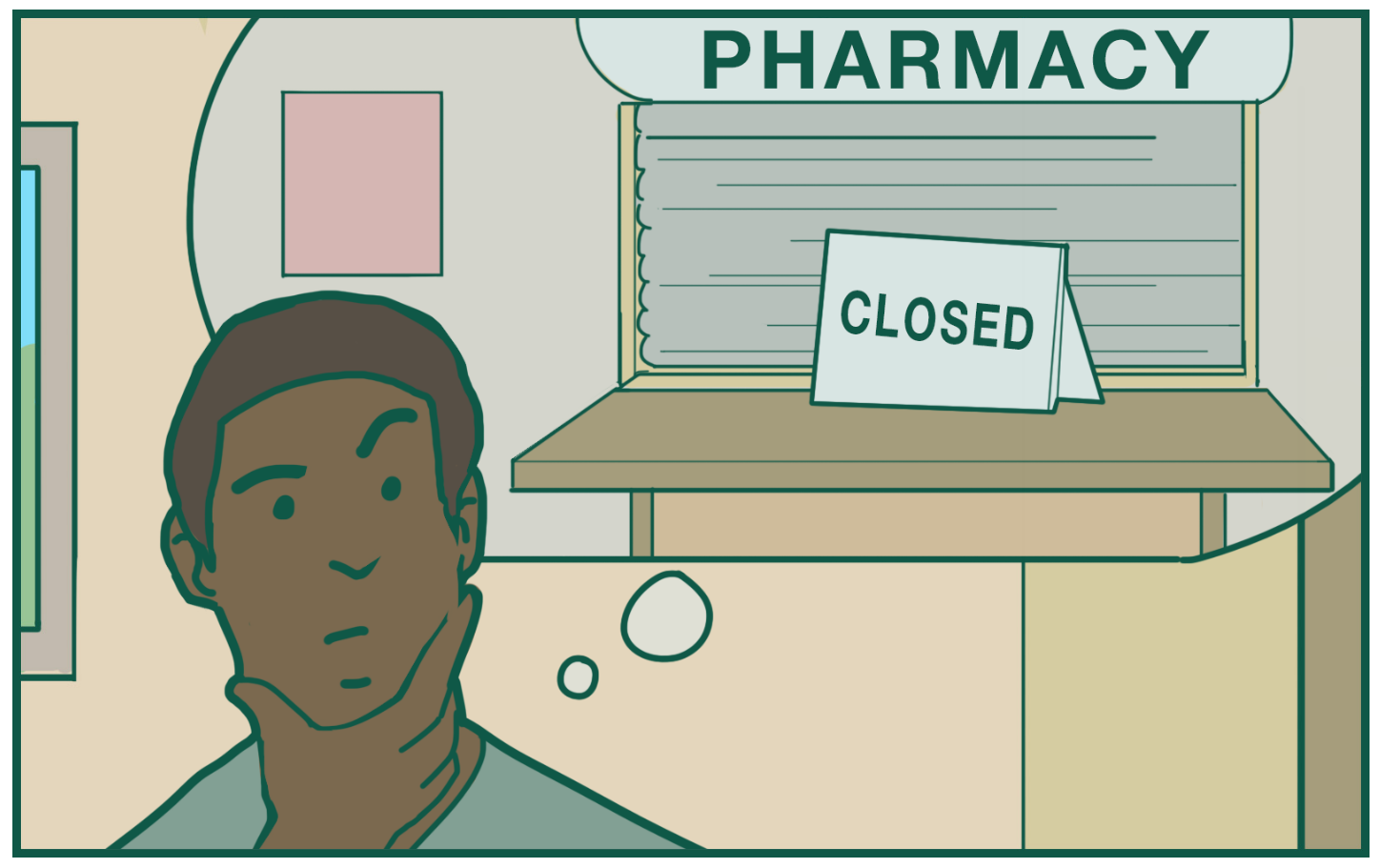You can see in the impact of misunderstanding nursing through different groups of people involved in healthcare. For example, policy makers and administrators focus on physical labour, and how many nurses are needed to accomplish tasks. Nursing organisations focus on emotional labour, and frame nursing as a caring profession.
Nursing educators also view nursing as a caring profession, but don’t explicitly teach emotional labour. Nursing education focuses on cognitive labour, and the development of clinical judgement among students. Meanwhile, nurses in clinical practice and administration roles are spending much of their time doing organisational labour. This was not recognised as a legitimate use of time until very recently. Hospitals often lament that nursing graduates are not prepared to enter the workforce, which is not surprising given the misalignment in what nurses do and what nurses are valued for doing. In the current narrative, physical labour is taken for granted, emotional labour is squeezed out, cognitive labour is minimised, and organisational labour is illegitimate. This is problematic on many levels, and and this is why we need a new model of nursing work.
We also need to consider where the demand for nursing work comes from. Nursing work was divided based on what type of patient needs it met. This continued until Davina Allen outlined how nurses directly manage priorities within a multi-disciplinary team, and those of a hospital organisation, in addition to the needs of the patients. This may lead to the distinction between nursing care and nursing work, if nursing care is considered patient- or family- directed, and nursing work encompasses all the things that nurses do in their work setting. It is controversial to state that nursing work is not all patient care; a model of nursing work is needed that reflects the reality that nurses are expected to do things that are not patient directed. These things, which could include things like ordering supplies and equipment, are currently absent from the conversation about what nurses do. We need to begin with an honest assessment of where we are at.
I hope that these new models I have created will give us a new way of talking about and understanding our work. We can say things like, this patient is requiring a lot of emotional labour, or my student placement includes an organisational labour component. When we explain to people who fund healthcare what nurses do, this language gives us something that explains nursing in a university, a hospital, a community, or a board room.
As a caveat, this view of nursing labour may not transcend cultural boundaries, as the existing literature reflects a narrow demographic of authors and patient samples. A few authors discuss the intersectionality of race and gender in their research, recognising that work is not a uniform experience for all nurses. It is important that this trend continue, and that researchers consider the nature of power dynamics in the study of nursing work. The model presented here is a starting point for a conversation, which will require lots of voices.



